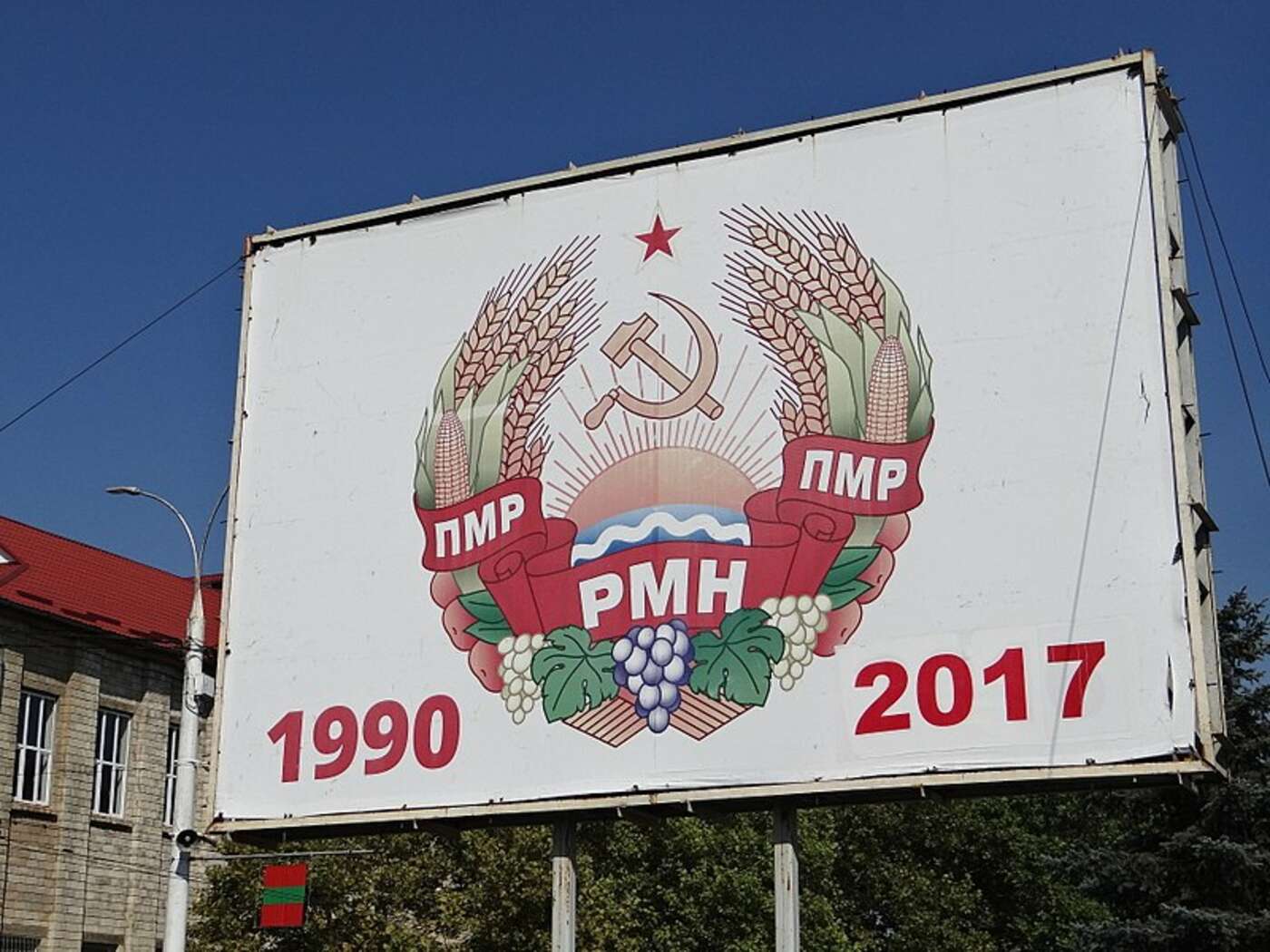The Forgotten War and Tragedy beyond the Dniestr – an Ordeal for the Moldovan Youth
The so-called frozen conflict within the Republic of Moldova remains unresolved. A brief history and conflict analysis - does it still have impact on the Moldovan youth?
There were quite a lot images people kept in mind separatist movements struggled to achieve their goal, such as the Catalonian youth protested for separation from Spain, in a protest movement which saw mounting numbers of Catalonian which claimed to have their own say over the destiny of the east strip of land on the Spanish mainland. But what if a separation movement succeeds in claiming independence and establishing a de-facto regime? To understand the full scale of the Transnistrian example, one has to start from scratch: “The Republic of Moldova was somehow always on the periphery and the victim of history. Hardly any other country has experienced more invasions by enemy armies and has been the plaything of hostile powers: Mongolian horsemen, Turks, Russians and Romanians incorporated the country into their domains – often for centuries.”(1) As a consequence, this also explains the ethnic variety of the Moldovan people (see the graphic), amongst them the Gagausian people which are settled in the Southern region of Moldova, speaking Gagauz, a Turk language, and whose political autonomy the Moldovan state officially recognised. The Gagauzian movement for independence is another conflict-torn region which reminds us of the Catalonian case. (2) The unrecognised state of Transnistria (officially Pridnestrovian Moldavian Republic) however, geographically a narrow stretch of land and located eastward of the Dniestr river within Moldovan territory and its capital Tiraspol, split off from the Republic of Moldova in 1992 after a brief period of military clashes, supported by Russia. (3) The Transnistrian separatist movement formed itself way earlier and was already represented in the Moldovan Parliament in 1990. As their demands – reintroduction of Russian as the official language and remaining in the Soviet Union - could not be fulfilled, the Member of Parliaments fled from Chisinau to Tiraspol to decide over their own destiny. (4) Before, from 1940-1991, the Republic of Moldova was entitled “Moldovan Autonomous Socialist Soviet Republic” in which Russian was predominantly spoken despite of its strong historic connection to Romania. After the fall of the Soviet Union, ultra-nationalist forces came to power. (5) These forces recognised Romanian, or Moldovan as they call it nowadays, as the official language and started to discriminate against Russian speaking and other minorities. A big majority of the Russian speaking minority was living eastwards the Dniestr river. After violent clashes with Moldovan forces in 1990 and its following secession, Moldovan servicemen tried to regain the narrow strip militarily in 1992, but had to pull back against militia supported by Russia. In July of the same year, negotiations produced a peace agreement brokered by the Transnistrian side and the then independent Republic of Moldova. (6)
Not even Russia recognises Transnistria, although it hosts Russian military forces carrying out military exercises. (7) Russia has continually engaged in favour of more autonomy for Transnistria, but never called for Transnistrian independence or favoured annexation plans. As a result, Transnistrian autonomy might be a tactical step of a broader policy from a Russian perspective: to sustain Transnistrian autonomy is a “long-term goal of wielding influence over the rest of Moldova”, argues Ryan Cimmino. (8) A land contrary to international law, with own anthem, currency and military, and a low level of interest for political reunification, serves as a smuggling transit route for weapon, people and food. How to deal with a de facto land, which is used by Russia to subvert Moldova’s EU ambitions? (9) I especially would like to raise the question and awareness of how you would deal with such problem as a youth living in a country severely suffering a trend of emigration of citizens craving for wealthier living conditions? Would you believe in a socially torn country Moldova, and try to stay and build up its own future and destiny? Doubts will surely come up, bringing up its fate with the ongoing unresolved dispute over the region beyond the Dniestr. If this conflict remains frozen, so will the ambitions of the Moldovan youth.
(1) Kahrl, Hans-Dieter: Leser Reportage. Republik Moldau – ein vergessenes Land? IN: Rotary Magazin, 27.12.2013, online verfügbar.
(2) Britannica: Moldova. People. Ethnic groups. IN: Britannica
(3) Stefanescu, Cristian: Eine offene Wunde im Osten Europas. IN: Deutsche Welle, 23.05.2019. Available online: https://www.dw.com/de/transnistrien-eine-offene-wunde-im-osten-europas/a-48717307. ( cited herafter: Stefanescu: Eine offene Wunde.)
(4) MDR: Moldau. Ein Land, zwei Krisenherde. IN: MDR Online, 05.03.2019, online available : https://www.mdr.de/heute-im-osten/autonomie-osteuropa-moldau-100.html
(5) Ibid.
(6) Ibid.
(7) Stefanescu: Eine offene Wunde
(8) Cimmino, Ryan: The Transnistrian Gambit. Russia in Moldova. IN: Harvard International Review, Winter 2019.
(9) Franke, Thomas: Transnistrien. Der eingefrorene Konflikt. IN: Deutschlandfunk Kultur, 25.10.2015. Online available: https://www.deutschlandfunkkultur.de/transnistrien-der-eingefrorene-konflikt.979.de.html?dram:article_id=332977


 Niemcy
Niemcy